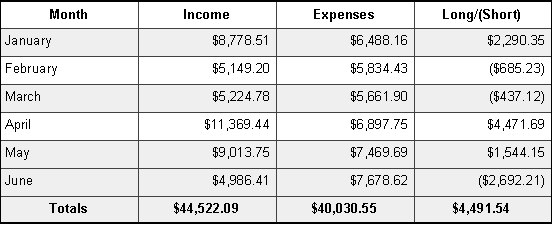

|
1 Mary O'Hair |
||
|
August Calendar of Events |
||
|
If you are unable to attend church, but would like communion brought to your home the 1st Sunday of each month, call Sherry Shaw at 532-6212 or 532-6268; or call Margie Kirby at 388-4323. Doing the Lord's Work |
||

|
|
||


|
|
||
|
What to do…. Fertilize: Give outdoor plants- roses, trees, flower beds-final fertilizing by the end of the month. Slow-acting fertilizers like amm-onium sulfate, ammonium phosphate, fish emulsion, bone or blood meal, well-composted manure, and compost will break down during the following weeks and you should see healthy new growth in three to four weeks. This last feeding will help prepare your plant for the winter months ahead. If you wait too long to fertilize-mid-September or October- the new growth will be appearing in early November, much too close to the first frost date. New growth is always more susceptible to frost damage. Follow fertilizer directions carefully. Jackie Dillon-Fast |
||

|
The Kid's Revival was a huge success. 45 kids enjoyed Miss Kathie's songs that got your feet a movin', and magic that made all the kids say, "HOW DID YOU DO THAT?" She told stories about Jesus Christ and how he can change your life and make it better. Ruth Schultz, Betty Jardot, Florene Williams, Mary Green, Betty Schuermann, Ellen Wilson, Eileen Page, Mary Kraus and crew kept the kids happy with hot dogs, sandwiches, chips, cookies, and kool-aid. Thank You everyone who had any part in the Revival. I appreciate all the work each one of you did. Tana |
||




|
"Thank You" Tana Davis for the wonderful Kid's Revival. Tana's energy and "pure prayer power" made this year's Vacation Bible School an event we all enjoyed. God Bless you Tana! |
||
|
|
||